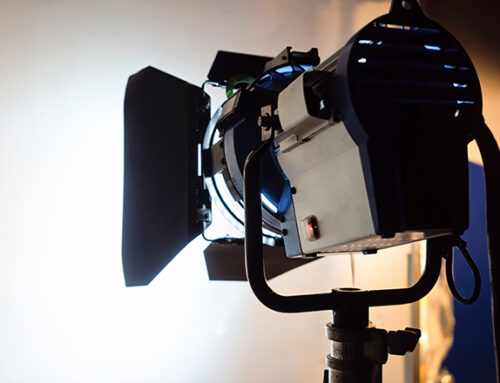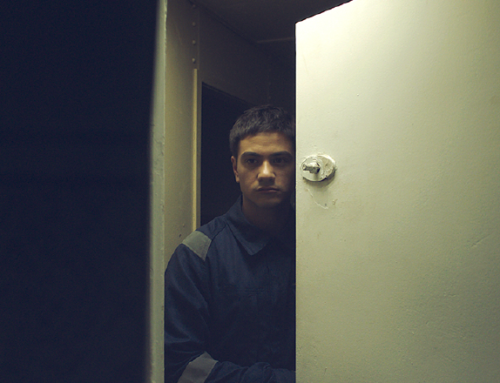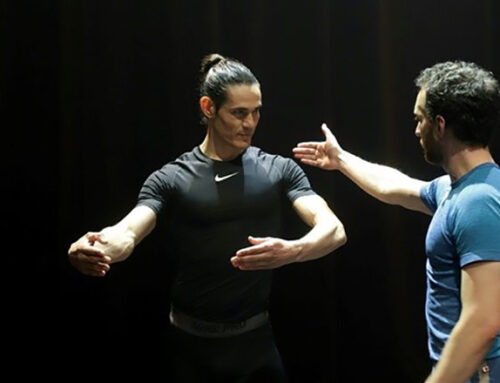From “Evil Dead” to “Don’t Breathe,” director Fede Álvarez has frequently delivered terrifyingly tense moments between characters on the big screen. But his latest project, “Calls” for Apple TV Plus, taps into that same level of emotion without showing even one frame of his actors’ faces.
“I just like when you watch these things and you have to really participate, and clearly this show is all about your imagination. The whole thing’s a big Rorschach test and you will see what you think you see, but I don’t want to show you anything literal, and even the storytelling is like that,” Álvarez tells Variety.
“Calls,” which is based on the Canal Plus series of the same name, utilizes audio from an all-star cast, including Nicholas Braun, Pedro Pascal, Aubrey Plaza and Judy Greer, with graphic animation from Logan. Each episode centers on phone conversations between characters, which start out innocuous enough but soon take a turn for the surreal and other-worldly. The conversations are heard, of course, but the dialogue also is included in the visuals on-screen.
The show was first ordered to series back in 2018, taking the “basic story of the first episode” from the French series as a jumping off point. That became the “pilot experiment” for his series, which would go on to create a whole “new visual language,” characters and individual episodic stories from the Canal Plus version, Álvarez points out.
After Apple greenlit the series, “we had to reverse-engineer the whole season,” Álvarez continues. It begins with an episode entitled “The End,” so that “after you finish the season if you go back and watch the first episode a lot of things make more sense.”
Álvarez shares that originally, he thought he would gather the cast of each episode together on a soundstage so the actors could record their lines with each other. The COVID-19 pandemic changed those plans, and although shooting remotely didn’t come without challenges, in the end he thinks it worked out better for the show.
“The lockdown started in LA, and we were like, ‘OK if this is a show that this won’t stop, it’s this one,’” he recalls thinking. “We sent a computer inside a suitcase with mics to each one of the actors’ houses, and they all had to learn how to figure it out — how to work their way around the computer and mic. Once they had that, they connected through the phone. They’re not pretending they’re on the phone; they were literally on the phone. So when there was a break-up or somebody was like, ‘Hello, hello, you there?’ or a bit of a lag, it made it really realistic for them.”
Some of the actors, Álvarez adds, ended up recording their own ambient noise for the project as well. “Nick Braun was just running around in Silverlake because he felt the final part of the episode was going to sound better outside. So he went outside with a mic, running around, talking with people that were not there and [passersby were] staring at him, thinking he was crazy,” he says. “There was something super old-school for me of going back to that playfulness of telling stories that way.”
As the episodes go on, it becomes increasingly clear that the odd things characters are experiencing are not anomalies and that they are more connected that one might assume going into the show. Álvarez says he wanted to “break the format” further by doing this, including having Plaza’s character be a thread through three episodes. As the story becomes clearer through the character conversations, though, he still wanted the visual animation, which sometimes represent lines on a map and sometimes twist into geometric shapes, to lean more towards the abstract side of art.
“I’m fascinated by the language of color and movement and rhythm,” Álvarez says. “Everything I know in film is how to convey certain emotions — I know what a closeup or an extreme closeup can do to you; I also know if I put the camera close to the ground and move at a certain speed and the light is a bit purple it will make you feel very tense. I don’t have that now, but there is a graphic that can convey the same thing. I do have the light and I do have the movement.”
Álvarez says he was inspired by “the old Macintosh computer graphics and a lot of album covers,” including Dark Side of the Moon for these graphics. He wanted to create something that was abstract as an art form. “If I do too much I won’t let you picture what you’re picturing, but if I do enough I’ll support it,” he says.
Source: Variety





